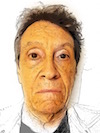 [It’s 40 years this month since Susan Sontag published her book On Photography. It rapidly became, and still remains, the one book of writings on this subject that even people who know little about the medium will most likely have read — just as Edward Steichen’s The Family of Man, first published in 1955, still remains the book of photographs they’ll probably know. (Ironic, since Sontag has nothing but scorn for that project.)
[It’s 40 years this month since Susan Sontag published her book On Photography. It rapidly became, and still remains, the one book of writings on this subject that even people who know little about the medium will most likely have read — just as Edward Steichen’s The Family of Man, first published in 1955, still remains the book of photographs they’ll probably know. (Ironic, since Sontag has nothing but scorn for that project.)
Sontag subsequently acknowledged that photography was not her real subject and had simply served her as a convenient whipping boy, and — in Regarding the Pain of Others (2003) — she eventually retracted most of what she’d had to say in her original diatribe. This goes largely unremarked, certainly by the many who read the first work but never got around to the second.
One exception is Phillip Lopate, who, in his chapter on Sontag’s relationship to photography in his book Notes on Sontag (Princeton University Press, 2009), also pointed this out:
“Still in her Marxist phase, Sontag declared: ‘The best writing on photography has been by moralists – Marxists or would-be Marxists – hooked on photographs but troubled by the way photography inexorably beautifies.’ Characteristically, she did not cite any American contemporary photography critics, such as Alan [sic] Sekula, A. D. Coleman, or Max Kozloff, who had been plowing the same ground for some time, but had to reach back to Paul Rosenfeld’s 1924 Port of New York to find another trustworthy countryman.”
Though I don’t consider myself either a Marxist or a Marxist wannabe, I had my own opinions about Sontag’s commentaries on photography, of course. The following essay on her project was drafted especially for the original edition of my own first collection of essays, Light Readings (1979), but — for reasons of space, as I recall — did not make it into the published book. I was never able to find another outlet for it, so I included it in an appendix to the second edition of that book (1998). Part 1 appears below; click here for Part 2. — A. D. C.]
•
Susan Sontag: Off Photography
What is most noteworthy about Susan Sontag’s brief book of essays, On Photography, is regrettably its central deficiency as well. Its significance is that it is a book concerned with ideas about photography that has attracted a comparatively wide audience. Its failure is that that extrinsic phenomenon is its main achievement.
This book began as a single essay published in the New York Review of Books in October, 1973; subsequently Sontag expanded that into a short series of essays in the same periodical, which she then extensively revised to make the published volume. The internal consistency (or, rather, lack of same) in the original articles has been exhaustively annotated by Dru Shipman in Afterimage;[1] no doubt some enterprising graduate student is already engrossed in comparative analysis of the articles and the book, mercifully freeing us to consider the book in itself as a fait accompli.
I would not even bring up the book’s origins except to point toward something significant: The initial audience for these essays, the NYRB‘s readership, is the quintessence of the literary/academic liberal-left; that audience’s priority of interest and knowledgeability is in the realm of written rather than visual communication. The book has of course reached a much wider market (even enjoying a brief fling on the best-seller list) whose nature is far more diversified.
 This matter of the project’s first audience is important because the book is essentially a stylistic, rhetorical, polemical exercise set forth in the guise of critical activity. Its true subject (as Sontag herself admitted in a subsequent interview in High Times)[2] is not really photography at all. I would define its primary subtext, its actual theme, as the difference between words and pictures as vehicles for communication. This book is the epitome of what can happen at the interface between those two media to those who — like Sontag and her initial readership — are not only committed to the word as their vehicle for communication but are anxious to assert its superiority.
This matter of the project’s first audience is important because the book is essentially a stylistic, rhetorical, polemical exercise set forth in the guise of critical activity. Its true subject (as Sontag herself admitted in a subsequent interview in High Times)[2] is not really photography at all. I would define its primary subtext, its actual theme, as the difference between words and pictures as vehicles for communication. This book is the epitome of what can happen at the interface between those two media to those who — like Sontag and her initial readership — are not only committed to the word as their vehicle for communication but are anxious to assert its superiority.
That anxiety is clear throughout the book. It is most immediately apparent in the arrogant, contemptuous, and (to use Alfred Kazin’s apt adjective, from his own review) condescending tone of the writing. In public appearances related to this book, Sontag has made much of a defensiveness in the photography community aroused by her book, as though that were definitive proof of the weight and merit of its content.
But in fact that defensiveness is automatically evoked in anyone seriously involved in photography by the hostility and superciliousness of her tone; it would most likely be evoked in anyone committed to any medium who heard that medium disparaged and dismissed out of hand — especially a medium with as long a history of disparagement and dismissal as photography’s. I have seen the same response evoked from assorted literati by an aggressively competitive insistence on the part of photographers and other visual artists that writing is a limited, ineffective means of communication, the very practice of which is evidence of philosophical immaturity, and far inferior to picturing.
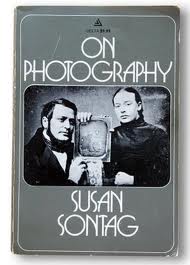 In fact, I suspect that Sontag fears that this last may well prove to be the case. How else are we to reconcile her constant acknowledgement of the power of photographs with her no less constant deprecation of their communicative potential? Early in the book, she describes verbal language as “that notorious first fall into alienation,” going on to claim that nonetheless words seem less “treacherous” than photographs, which implicitly represent the second fall. If one truly believes that words are the origin of alienation from experience, then why write? And, moreover, why be so utterly perverse as to use words as weapons in an elaborate attack on the second major source of such alienation?
In fact, I suspect that Sontag fears that this last may well prove to be the case. How else are we to reconcile her constant acknowledgement of the power of photographs with her no less constant deprecation of their communicative potential? Early in the book, she describes verbal language as “that notorious first fall into alienation,” going on to claim that nonetheless words seem less “treacherous” than photographs, which implicitly represent the second fall. If one truly believes that words are the origin of alienation from experience, then why write? And, moreover, why be so utterly perverse as to use words as weapons in an elaborate attack on the second major source of such alienation?
This is, in part, what I meant in describing the book as rhetorical in nature. Certainly the hectoring, combative tone contributes to that. It may be in part the product of her contest as a writer with a vastly different but no less powerful medium; but it is also a deliberately chosen tactic, a conscious craft decision.
The tone itself — tense, angry, and shrill — generates a certain level of excitement and a specific pace. It also focuses attention on Sontag herself, casting her instantly as protagonist, locked in combat not merely with one or more other intellects but with photography itself. See the lone woman take on an entire medium single-handedly! Look at those spunky jabs! What courage! What daring! Watch the fast ducking and weaving, the fancy footwork …
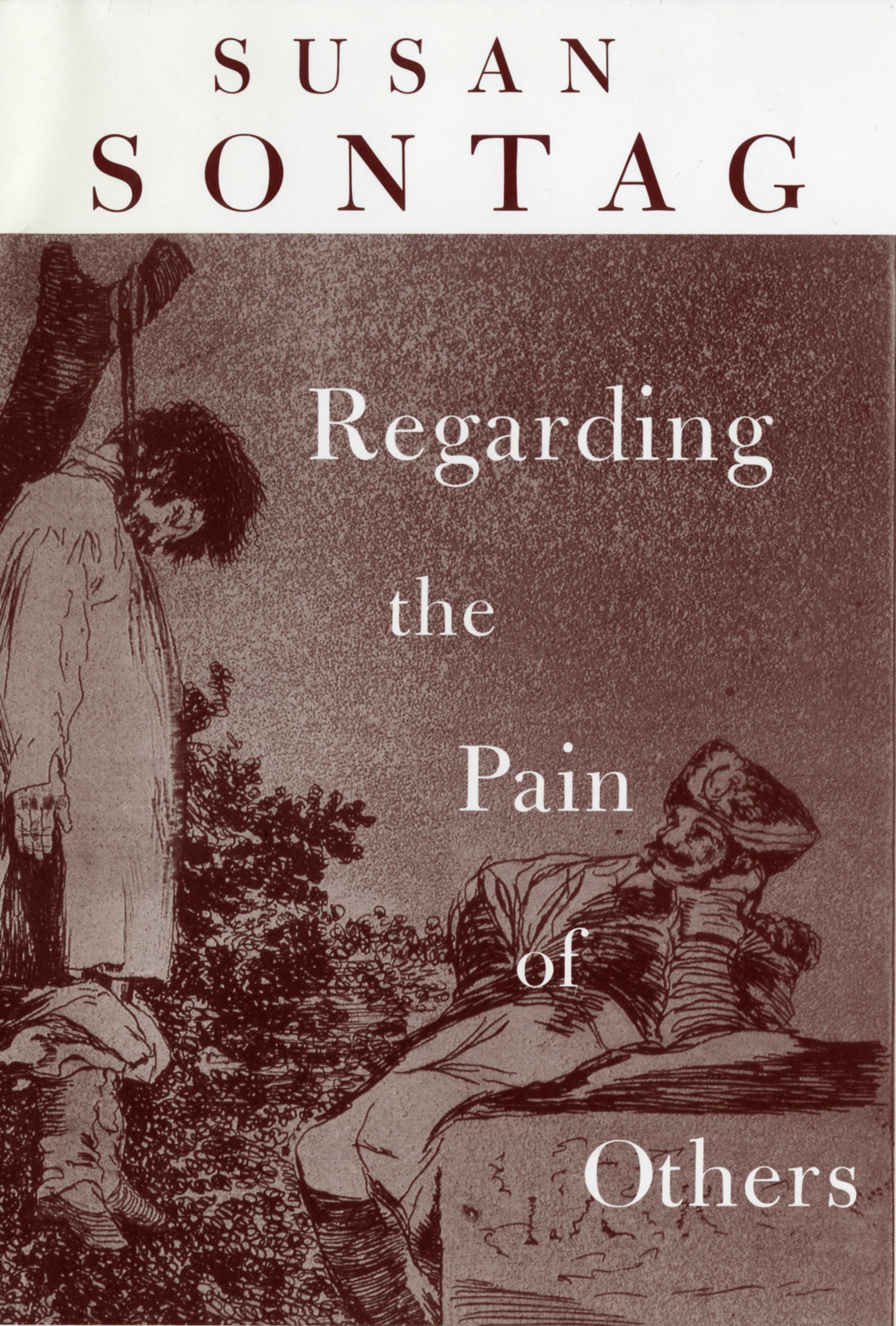 The natural consequence of this chosen tactic (and hence, by inference, its intent) is to pit Sontag as David against photography’s Goliath. Under such circumstances, her mere emergence from the ring unscathed seems a victory, the flashiness of her style a triumph. Against such odds, win or lose, she’s a hero.
The natural consequence of this chosen tactic (and hence, by inference, its intent) is to pit Sontag as David against photography’s Goliath. Under such circumstances, her mere emergence from the ring unscathed seems a victory, the flashiness of her style a triumph. Against such odds, win or lose, she’s a hero.
But, unlike Goliath, photography lives on, as Sontag must have known it would. And, again unlike Goliath, photography itself cannot fight back, being only a mute process, as Sontag knows it is. So the contest built into the book by the tone is in fact a spurious, one-sided one — a design for self-aggrandizement, a theatrical gesture from which Sontag has eliminated all the risks to herself.
Why stage such a specious melodrama? Two answers seem obvious. The first is that it heroicizes Sontag herself. The second is that it permits the substitution of style for substance, rhetoric for insight. However, as Man Ray, that most thoughtful of photographers, once wrote, “Taste and opinion cannot replace intelligence and knowledge.”[3] And, as Sontag herself has said, “To be scandalized by the normal is always demagogic.”[4]
•
If the actual intent of the book were to provoke the reader into thinking long and seriously about photography — in itself, in relation to its culture, and in comparison with other language forms and communication systems — then the appropriate tone would be contemplative, inquisitive, perhaps argumentative; the appropriate pace would be slow. Sontag’s choices were diametrically opposite: the clip is fast, the tone absolutist, dogmatic, polemical. This, combined with the authoritative stance she adopts, must initially be quite impressive to those who know little or nothing about photography and have not previously given it much thought — which, as noted above, describes well her initial audience.
Since being impressive to a non-knowledgeable audience is a natural consequence of her choice of style, tone, stance, and pace, one can presume that to be Sontag’s intent. Similarly, since to anyone with a background in photography Sontag’s grasp of the medium’s morphology is (to be charitable) shaky, and her ideas almost entirely received, one can equally presume that — except as an aggressive act — the book is not meant to be taken seriously by an audience versed in photography, visual art, or visual communication.
After all, what credibility could such an audience be expected to grant a commentator who declares flatly, with no further elaboration or defense, that “most experienced viewers today prefer Atget to Weston,” or who speaks of “the indifference of photographers to making space, particularly background space, intelligible”?
Her tendency to move from one unsupportable position to an equally unsupportable but contradictory one suggests that she is more concerned with creating a setting for zippy epigrams than with developing an intellectually coherent line of thought. For instance, while the cultural analysis upon which she bases her attacks on photography is (at least superficially) Marxist, the aesthetic/creative analysis with which she disparages the medium is fundamentally elitist, favoring painting and literature as models.
This leads her into some byzantine labyrinths from which she never really emerges. At one point she states that “Photography has powers that no other image-system has ever enjoyed because, unlike the earlier ones, it is not dependent on an image-maker.” (Emphasis in the original.) Several pages further on, she refutes herself by asserting that “Nothing could be more unlike the self-sacrificial travail of an artist like Proust than the effortlessness of picture-taking, which must be the sole activity resulting in accredited works of art in which a single movement, a touch of the finger, produces a complete work.” To what is that finger attached if not to an image-maker?
Let us go further with that last quote, leaving aside the question of what deity Proust’s “self-sacrifice” was meant to appease. There is in fact only one photographic image-making system in which “a single movement, a touch of the finger” even occasionally produces a complete, accredited work of art. That is the Polaroid SX-70 system, a quite recent invention. All other photographic image-making systems involve a much wider range of decisions and activities and a much longer span of time to produce an object that might merit consideration as a complete work of art. Moreover, there are numerous art forms in which complete works result from single gestures — several schools of Japanese brush painting, branches of dance and mime, some of the aleatory compositional methods of John Cage and other musicians, among others. From either standpoint, Sontag’s statement is indefensible.
It is not alone in that regard. The book is riddled with factual/historical inaccuracies[5] and with outlandish opinions[6] made all the more irritating by Sontag’s consistent failure to buttress them.
The bulk of the book’s more solid and supportable ideas are derived from sources other than Sontag herself. The last section of the book is titled “A Brief Anthology of Quotations (Homage to W. B.).” The initials refer to Walter Benjamin, the late German Marxist critic, whose unrealized goal was the creation of a critical work composed entirely of quotations from other sources. Sontag’s “Brief Anthology” is explicitly such a compilation. But in truth the entire book was created in this fashion, though Sontag nowhere makes that fact explicit.
(Part 1 I 2)
•
Notes:
[1] Shipman, Dru, “Sontag on Photography,” Afterimage, Vol. 2, no. 7, January 1975, pp. 4-12.
[2] “[On Photography] is not about photography! [Emphasis in the original.] … Now you’ve got me. I said it, and I didn’t mean to say it. It’s not about photography, it’s about the consumer society, it’s about advanced industrial society … [and] about photography as the exemplary activity of this society. I don’t want to say it’s not about photography, but it’s true, and I guess this is the interview where that will finally come out. … It’s not, as some people have already said, against photography, it’s not an attack on photography. … It’s about what the implications of photography are. I don’t want to be a photography critic. I’m not a photography critic. I don’t know how to be one.” These statements appear in Victor Bockris’s interview, “Susan Sontag: The Dark Lady of Pop Philosophy,” High Times, March 1978, p. 36.
[3] From his introduction to a limited-edition portfolio of cliché-verre prints, Les voies lactées (“The Milky Way”), published in 1974. (Turin: Il Fauno, n.p.)
[4] “Notes on Art, Sex And Politics,” New York Times, Section 2, February 8, 1976, pp. 1, 36.
[5] E.g., the young, very much alive female victim of mercury poisoning being lovingly bathed by her mother in W. Eugene Smith’s “Tomoko in her bath,” from his and Aileen Smith’s Minamata project, becomes “a dying youth writhing on his mother’s lap.” Op. cit., p. 105. Since Tomoko is the central character in this book-length narrative, described in detail in words as well as images, it becomes clear that Sontag has considerable difficulty attending to the specifics of photographic images.
[6] “Nobody demands that photography be literate. Nobody can imagine how it could be authoritative. Nobody understands how anything, least of all a photograph, could be transcendent.” Op. cit., p. 31. Or, on a more mundane level, consider her bizarre notion that the magazine Camera Work, edited and published by the terminally anti-populist Alfred Stieglitz, along with the several elitist galleries directed by him, somehow “constitut[ed] the most ambitious forum of Whitmanesque judgments.” Op. cit., p. 29.
•
This post sponsored by a donation John Teti, Sr.
•
 Special offer: If you want me to either continue pursuing a particular subject or give you a break and (for one post) write on a topic — my choice — other than the current main story, make a donation of $50 via the PayPal widget below, indicating your preference in a note accompanying your donation. I’ll credit you as that new post’s sponsor, and link to a website of your choosing. Include a note with your snail-mail address (or email it to me separately) for a free signed copy of my 1995 book Critical Focus!
Special offer: If you want me to either continue pursuing a particular subject or give you a break and (for one post) write on a topic — my choice — other than the current main story, make a donation of $50 via the PayPal widget below, indicating your preference in a note accompanying your donation. I’ll credit you as that new post’s sponsor, and link to a website of your choosing. Include a note with your snail-mail address (or email it to me separately) for a free signed copy of my 1995 book Critical Focus!
 But wait! There’s more! Donate now and I’ll include a copy of The Silent Strength of Liu Xia, the catalog of the 2012-13 touring exhibition of photos by the dissident Chinese photographer, artist, and poet, currently in her sixth year of extralegal house arrest in Beijing. The only publication of her photographic work, it includes all 26 images in the exhibition, plus another 14 from the same series, along with essays by Guy Sorman, Andrew Nathan, and Cui Weiping, professor at the Beijing Film Academy.
But wait! There’s more! Donate now and I’ll include a copy of The Silent Strength of Liu Xia, the catalog of the 2012-13 touring exhibition of photos by the dissident Chinese photographer, artist, and poet, currently in her sixth year of extralegal house arrest in Beijing. The only publication of her photographic work, it includes all 26 images in the exhibition, plus another 14 from the same series, along with essays by Guy Sorman, Andrew Nathan, and Cui Weiping, professor at the Beijing Film Academy.


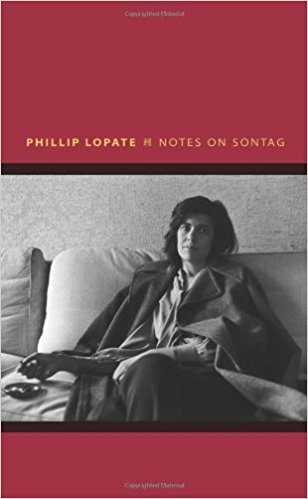
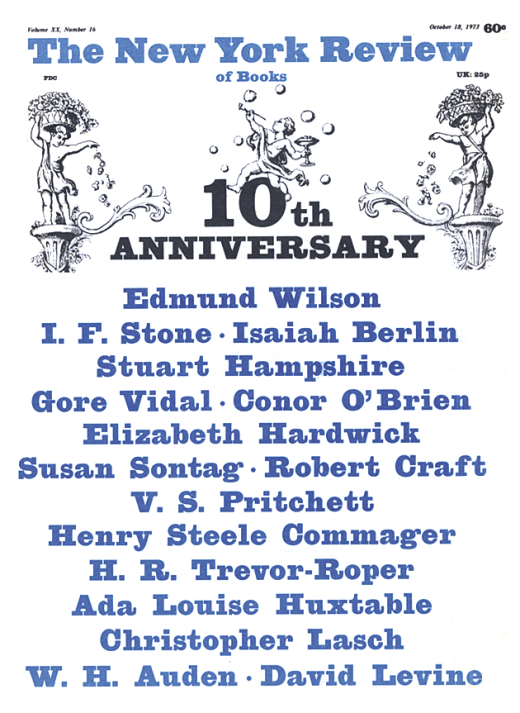
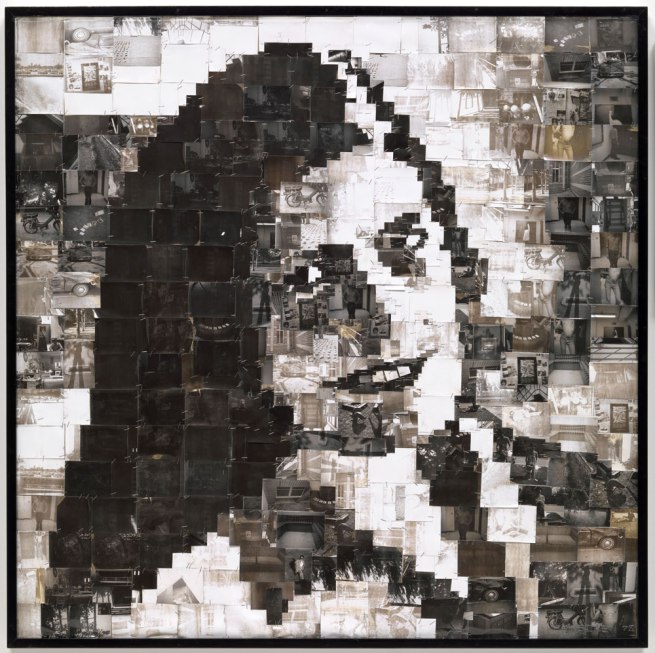
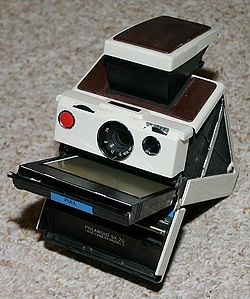




Allan,
I was surprised at how well this essay describes my Facebook feed. Most of my friends are pretty liberal. But a lot of my subjects are also Facebook friends and most of them are pretty conservative. The conservatives, many of them the so-called ”Trump voters” can be described at angry. The liberals? They all too often sound like your description of the tone of this book – “condescending”, “hectoring, even “combative”.
Who knew this might be a civics lesson?
Back to working and whining about the weather.
Best,
Chuck
Sontag’s book, although flawed is profoundly interesting, and contains a number of fascinating observations. For example she observes that tourists from countries with the strongest work ethic (she names US, Japan, Germany) spend the most time taking photos while on vacation. Taking pictures becomes a discipline replacing the work that they might feel they should be doing.
I wish ADC would also write about two other important books from that era : Janet Malcolm’s Diana and Nikon and Barthes’s Camera Lucida. With Sontag, all three of these books are part of the canon of serious writing about photography and belong on the reading list in any course in this subject.
As it’s doubtful that Sontag actually spent time watching people as they photographed, counting the minutes they spent making pictures, determining that they were tourists vacationing, and then ascertaining their countries of origin, this qualifies less as an “observation” than a speculation. Even if she had statistics on the vacation time spent using cameras and consumption of film by tourists from different countries, proposing that their making pictures has work rather than play as its motive is merely an ungrounded assumption – absent the interviews that might reveal such an unconscious substitution (which a sociologist like Pierre Bourdieu would require).
There you have the problem with Sontag as a whole — the assertion of assumptions as facts, and the use of chains of fact-free assertions to construct lines of reasoning.
At the time the Malcolm and Barthes books came out I didn’t have a platform suitable for a response to them, so I never wrote about them at length. I did teach the work of both writers in my seminars on photo criticism, and have commented on both in passing in various articles. I doubt that, at this remove, I’ll find it important to spend time putting my thoughts about them on paper (or in pixels). Sorry about that.